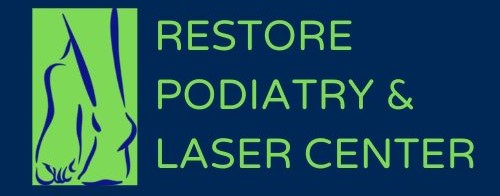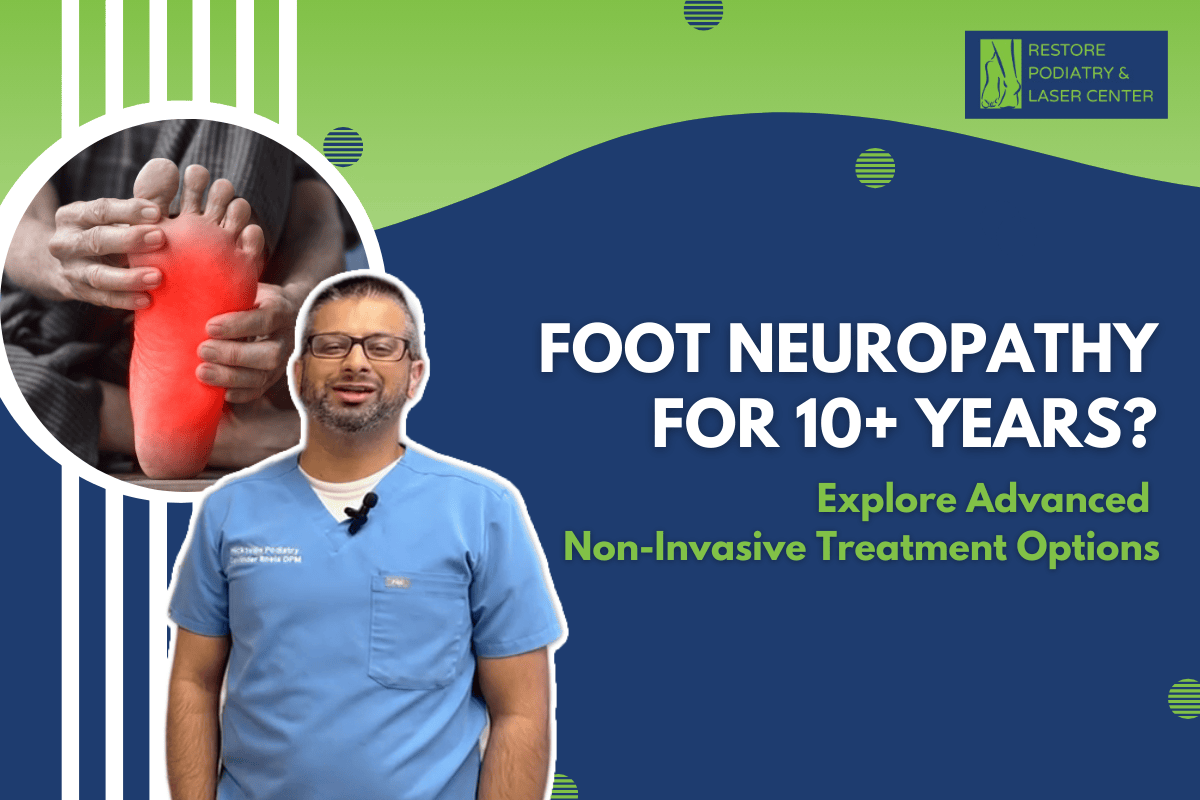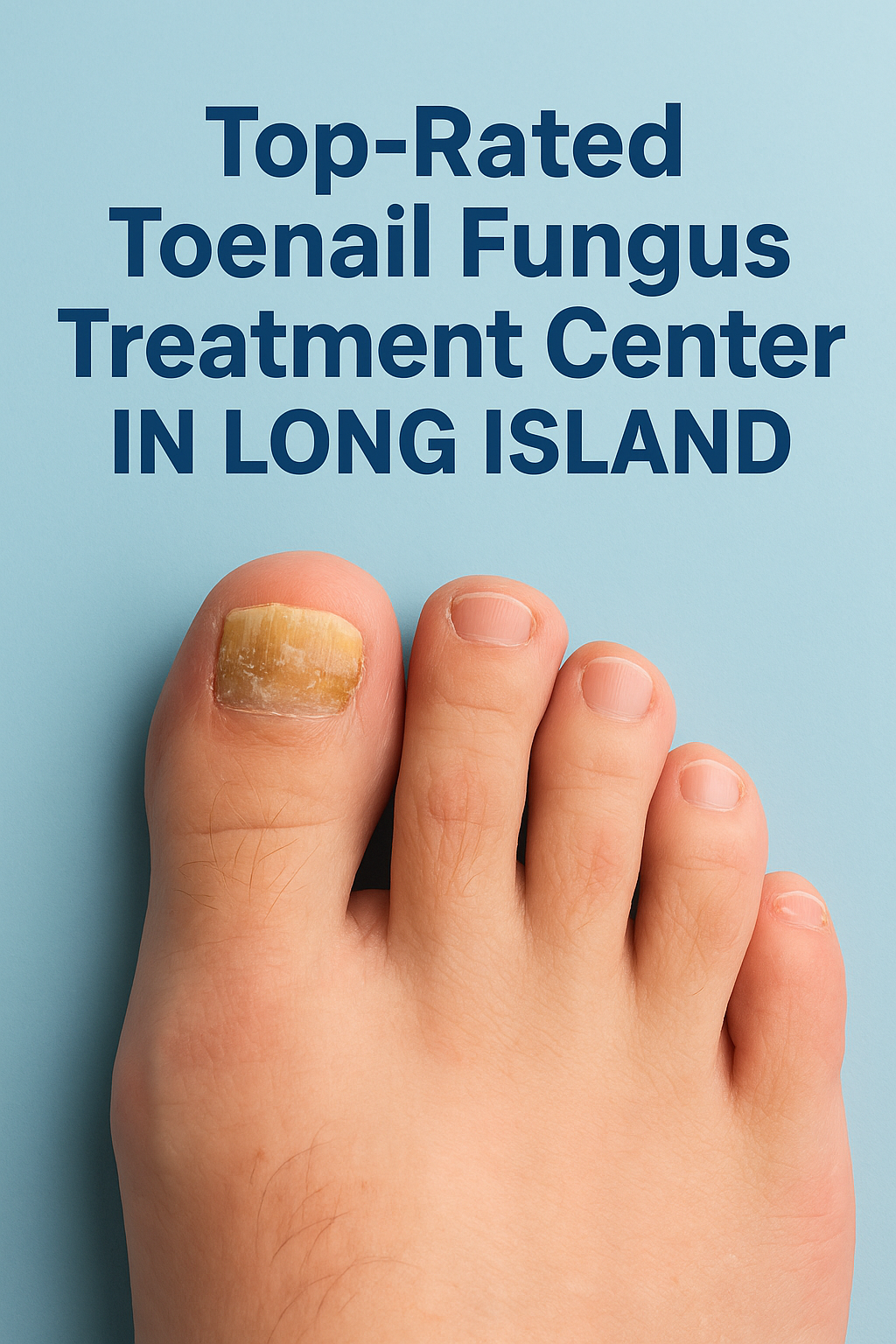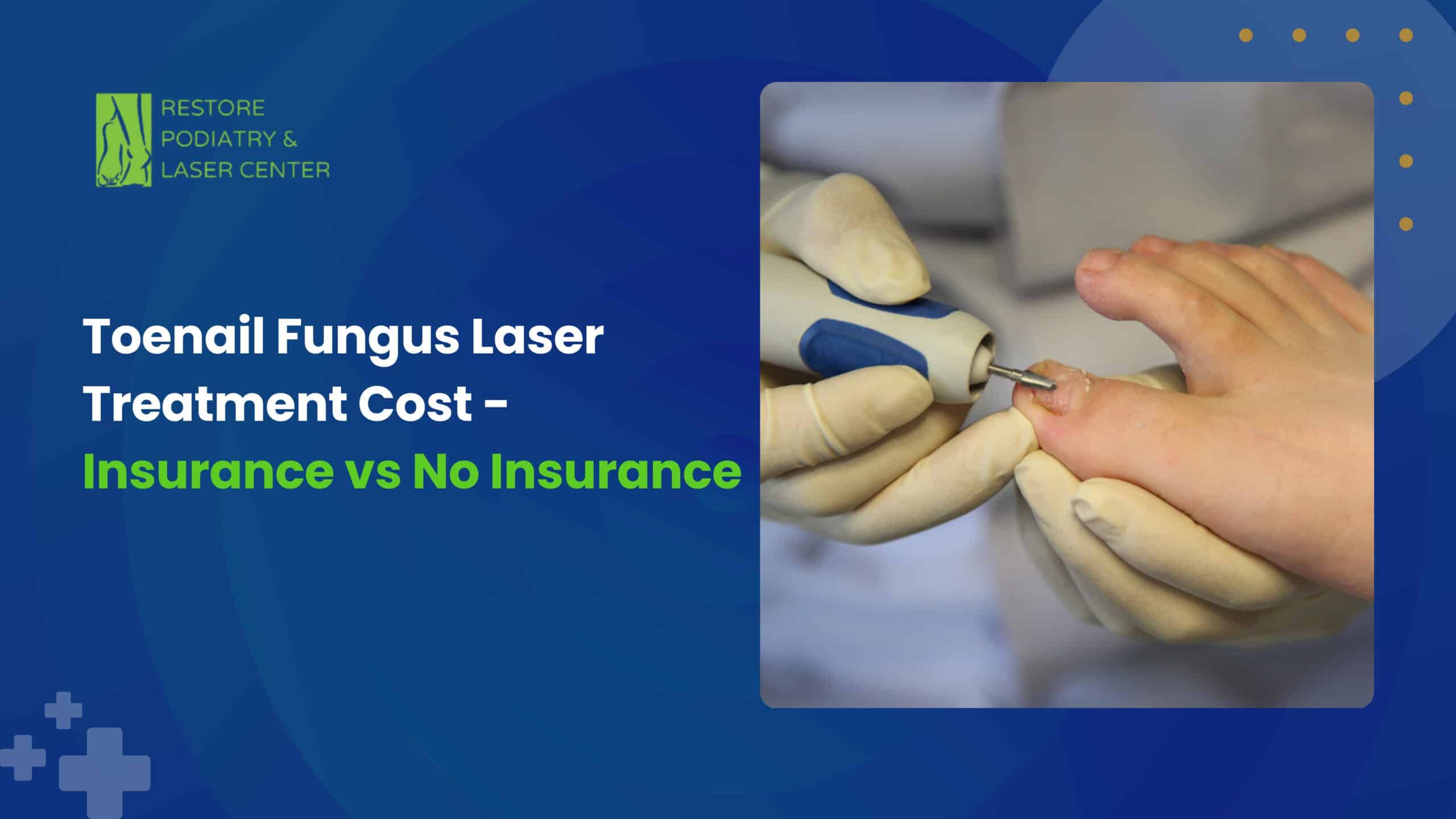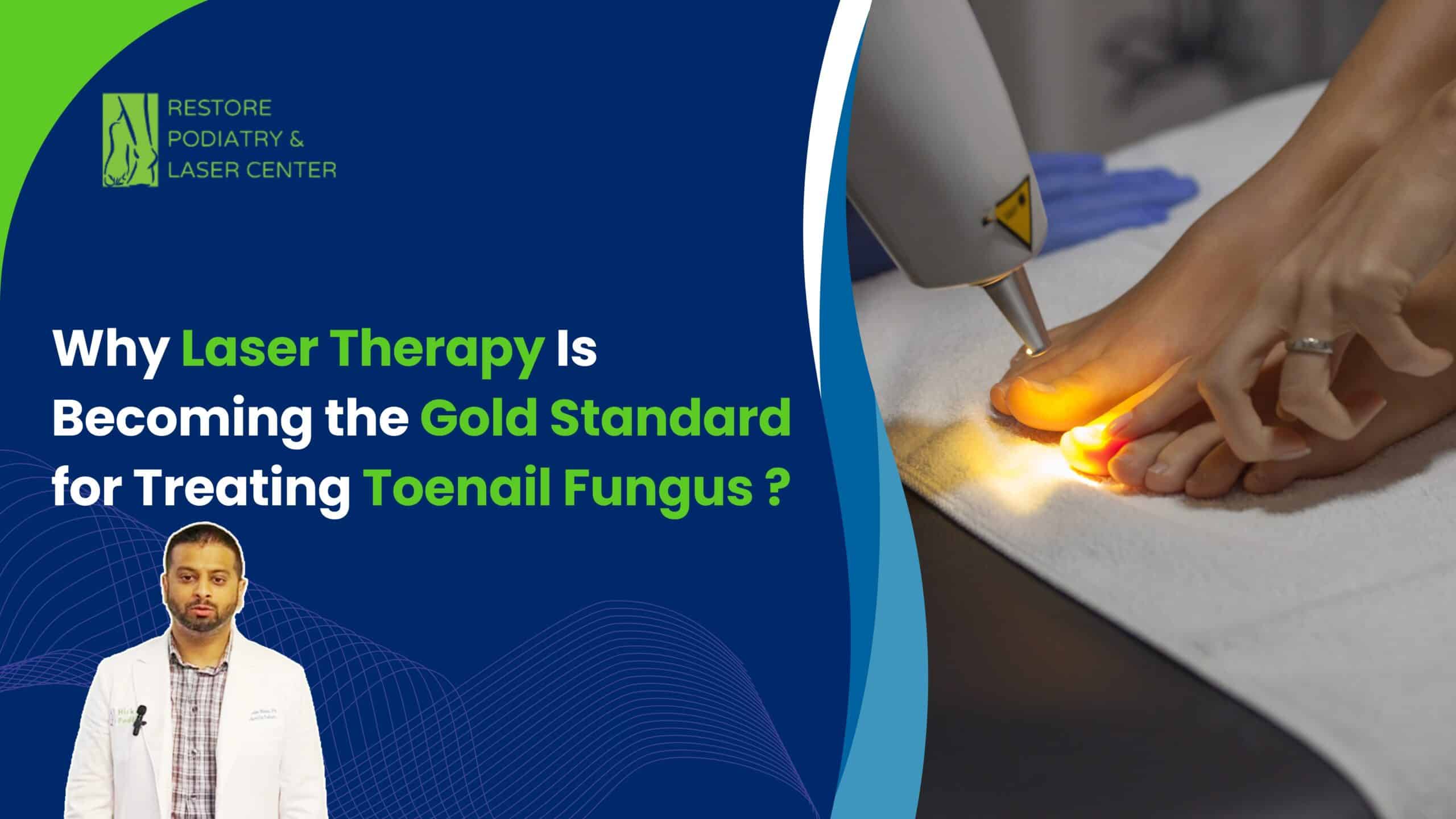We’re proud to be the only preferred provider of Summus Medical Laser specifically for symptoms of Diabetic Neuropathy and Chemotherapy Neuropathy in New York, and we’ve seen it deliver amazing results for our patients.
But laser therapy is just one part of a comprehensive approach to diabetic neuropathy—and we can help you with the rest, too. From personalized diet and exercise plans to therapeutic footwear, and managing underlying conditions like diabetes, we partner with our patients every step of the way.
If your goal is to not just manage diabetic neuropathy or slow its progression, but to reverse it, keep it away, and reclaim at least part of your former lifestyle, we’re here to give you the best possible chance of success.
To learn more or schedule your appointment with Restore Podiatry & Laser Center, call us today at 516-806-2200, or use our online request form and a member of our team will reach out promptly.
